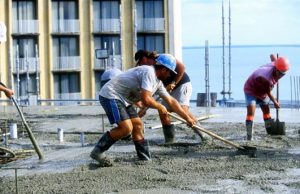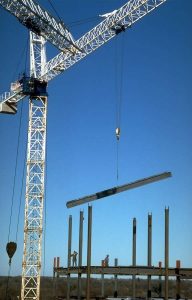Construction Materials Testing
Materials engineering is the specialized branch of civil engineering that deals with the properties and science of materials, specifically construction materials. Sometimes called an independent testing laboratory, the materials engineering laboratory deals primarily with testing, evaluating, and monitoring materials and processes used in construction. Paradigm Consultants, Inc., has developed a respected materials engineering services staff. While Paradigm personnel have provided materials engineering services to a wide variety of private, commercial, municipal, and industrial clients primarily in the Gulf Coast area, we have served some of our clients nationally with special materials engineering services. Typically materials testing includes concrete, asphalt, structural and reinforcing steel, soils, masonry, wood, plastics, composites, roofing, and paints and coatings, but may include a host of other materials used in construction. We often assist engineers during the design phase of new construction to develop appropriate technical specifications and a program of construction monitoring. We work closely with the owner and engineers, as well as the contractor and his subcontractors, during the construction phase to provide responsive feedback as construction progresses. After construction, we review the test data and provide summary documentation for the project. Listed below is a summary of the materials engineering and testing services we provide:
- Concrete/Soil/Asphalt/Masonry Testing and Monitoring
- Concrete/Asphalt Mixture Design
- Earthwork Surveillance
- Precast Concrete Inspection
- Foundation Construction Monitoring
- Structural Steel Inspection
- Fireproofing Testing and Inspection
- Petrographic Analysis
- Paint and Coatings Testing and Inspection
- Roofing Testing and Monitoring
- Concrete Coring
- Non Destructive Testing
- Floor Flatness and Levelness Testing
Project types that we have provided materials engineering services include high-rise structures; commercial and industrial parks; institutional facilities; water and wastewater facilities; water control and marine structures; petrochemical facilities; airports with associated runways, taxiways, and aprons; tunnels; and residential developments.





